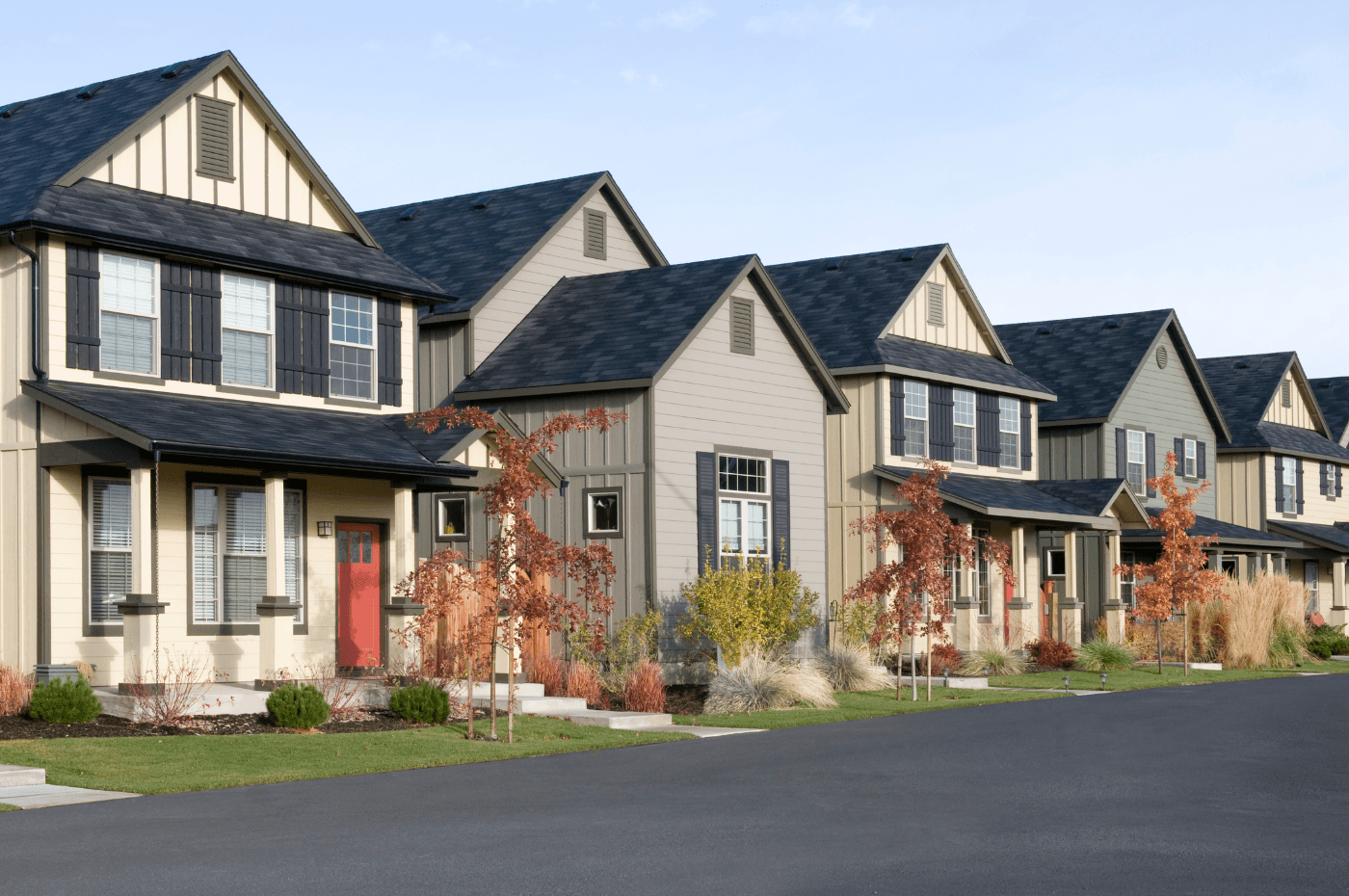The real estate market in Quebec offers a wide range of property types. If you’re currently searching for a property, you’ve probably wondered about the differences between various types of homes, such as bungalows, split-levels, or semi-detached houses.
The real estate world is filled with terms that describe unique architectural features, and some property types even have multiple names, which can make identifying them more confusing.
To help you better navigate these terms, here’s a helpful guide to the types of homes you’re most likely to encounter in your property search.
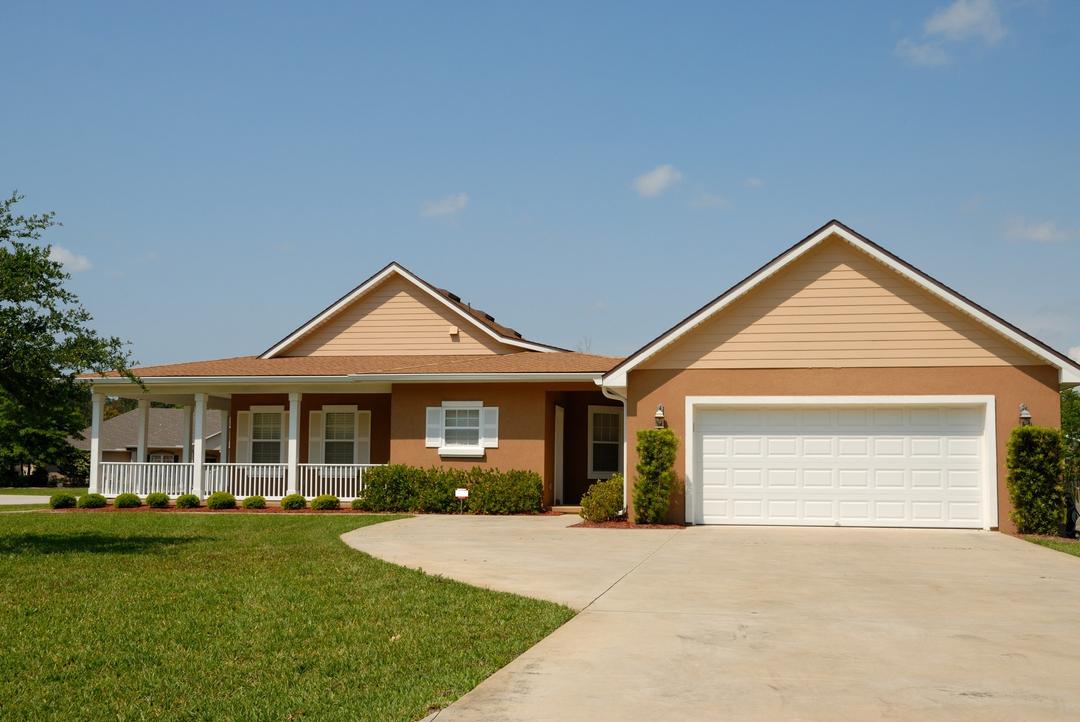
1. The bungalow (single-story home)
The bungalow, also known as a single-story home, is a type of house typically classified as a single-family dwelling. It is characterized by having only one floor, often with an accompanying basement.
Its key feature is a long facade that runs parallel to the street, usually in a rectangular shape.
Bungalows come in a variety of styles, ranging from modest designs to more luxurious ones. Once a symbol of the middle class, bungalows were especially popular from the 1950s to the 1970s, representing the typical home in newly developed suburban areas and reflecting urban sprawl.
Linguistic capsule: did you know?
The word "bungalow" is an English adaptation of the Hindi term "bangalo" or "baangla," which referred to a small, low hut. In the 19th century, it was used to describe a low, single-story house, often a simple, temporary pavilion.
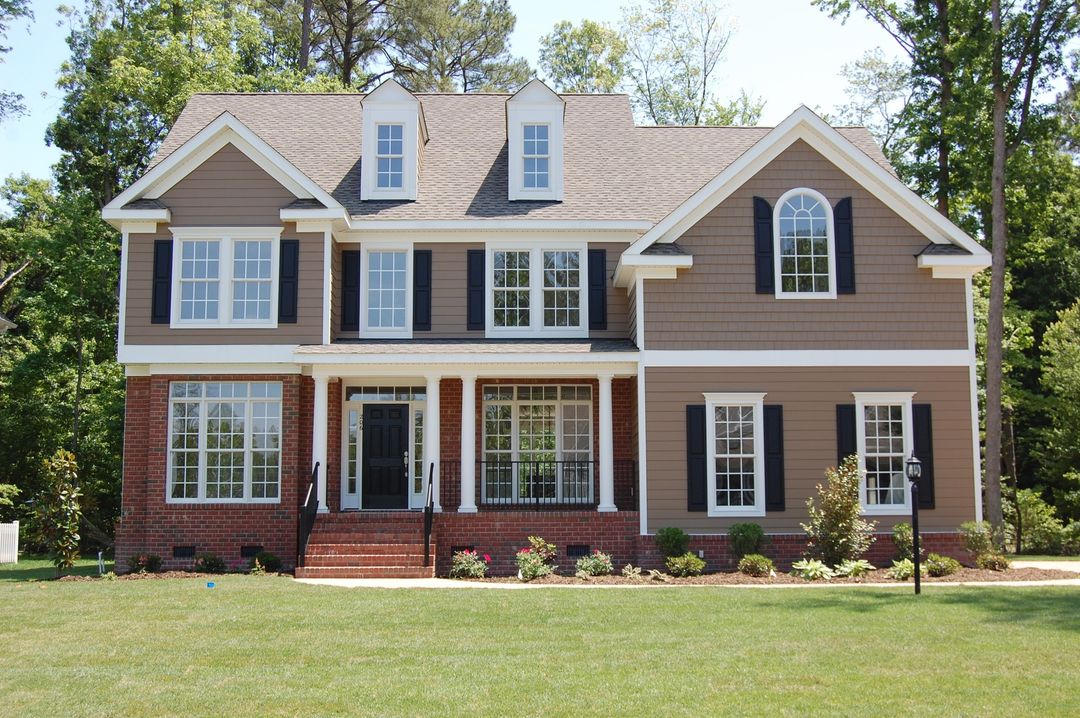
2. The split-level (multi-level home)
The split-level, also known as a multi-level home or half-level house, is typically classified as a single-family dwelling and differs from the bungalow in that its rooms are spread across multiple levels.
A split-level home is characterized by its living space being distributed across several levels, which are not technically separate floors but are connected by small steps, creating varying heights within the house.
The main entrance often opens onto a landing, offering access to both the upper and lower levels. From this point, it’s typically possible to have a clear view of the entire house.
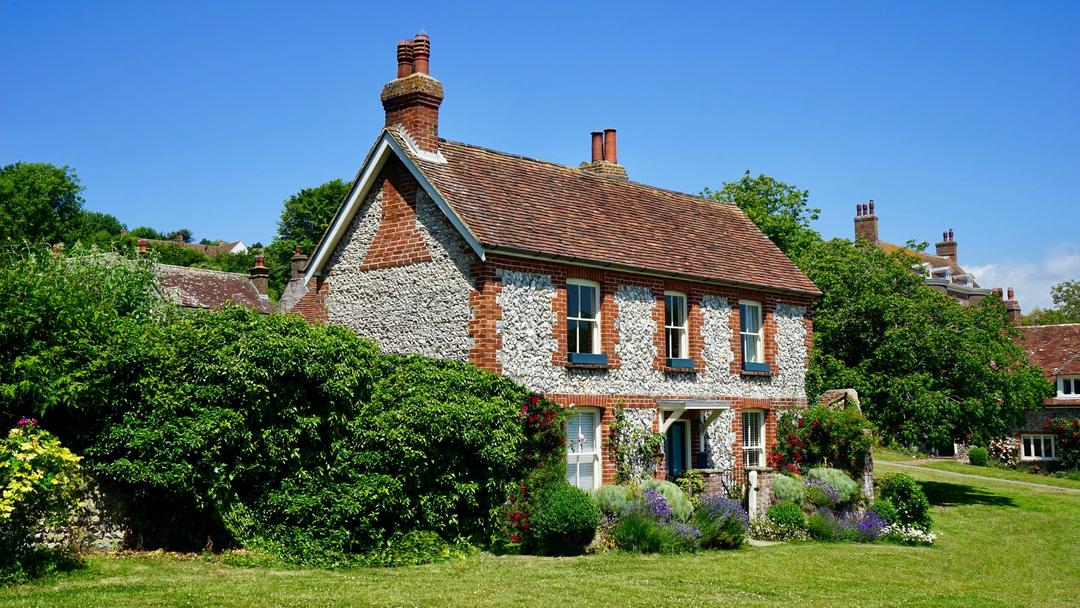
3. The cottage (multi-story home)
In Quebec, the term "cottage" is sometimes used to describe a single-family house with multiple floors, usually two, with or without a basement. However, the word, of Anglo-Saxon origin, originally referred to a specific style of English country house.
In the United Kingdom, a cottage was traditionally a residence with a thatched roof, often with a second floor to accommodate larger families. The term then expanded in North American culture to refer to any house with a floor above the ground level.
Due to its varying meanings, the use of the word "cottage" can be confusing. To avoid this, it is preferable to use terms like "multi-story home" or "two-story house" when referring to a single-family home, reserving the term "cottage" for homes of the typical English style.
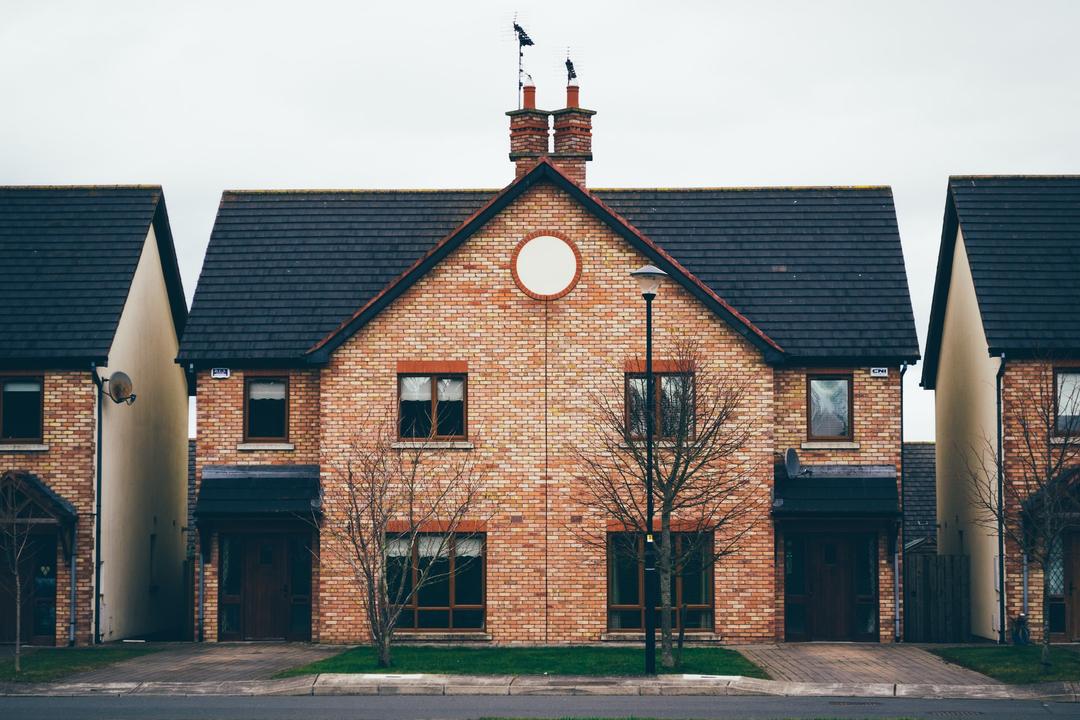
4. The semi-detached house
The semi-detached house, also known as a twin house, refers to a building made up of two separate dwellings joined by a shared wall. Essentially, it's like two individual houses connected side by side. In most cases, the living spaces are of the same model and size, though this is not always guaranteed.
A twin house can take various forms, such as two bungalows or two multi-story homes, for example.
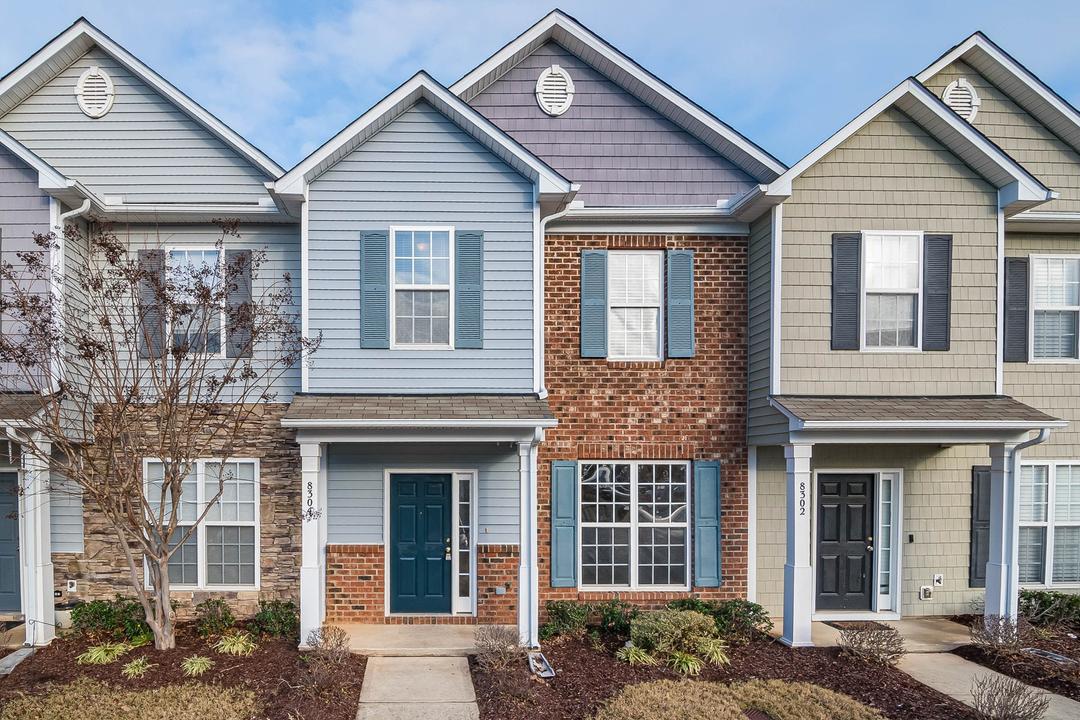
5. The town house
When there are more than two contiguous single-family homes, separated by shared walls, it is called a townhouse or row house. Each townhouse has its own private entrance facing the street.
Similar to twin houses, townhouses are often built with a similar architectural style. They can be either bungalows or multi-story homes.
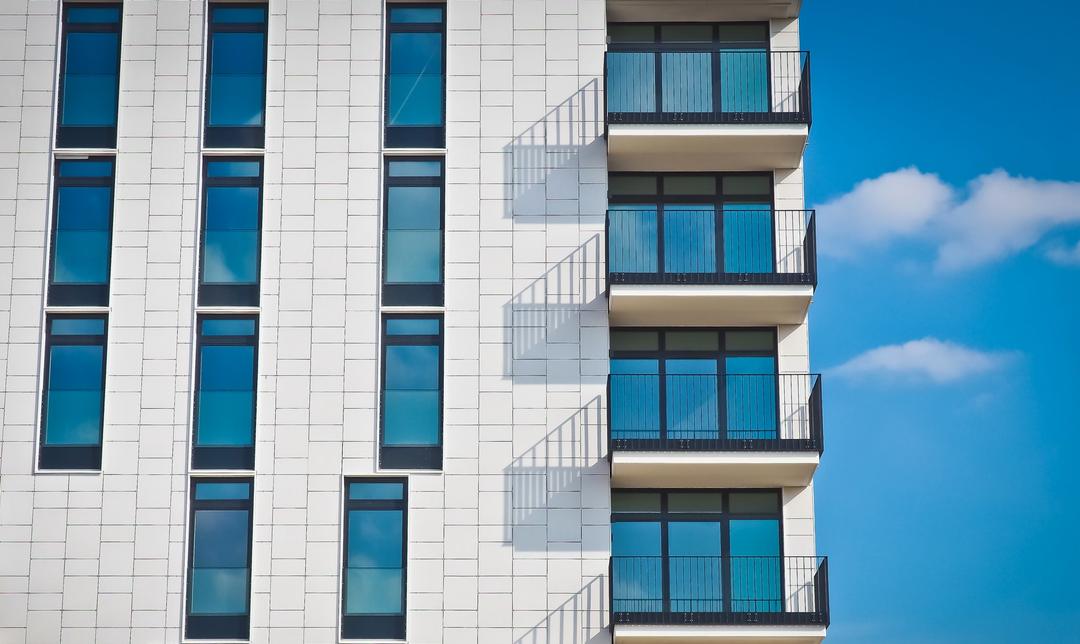
6. The condo
While the term "condo" is widely recognized, it still deserves clarification. In everyday language, "condo" is often used to refer to a divided co-ownership property, though not all co-ownerships are condos.
A condo refers to a private unit, typically an apartment, within a co-owned building. The owner holds the private part of the property, unlike a rental apartment where the resident is simply a tenant.
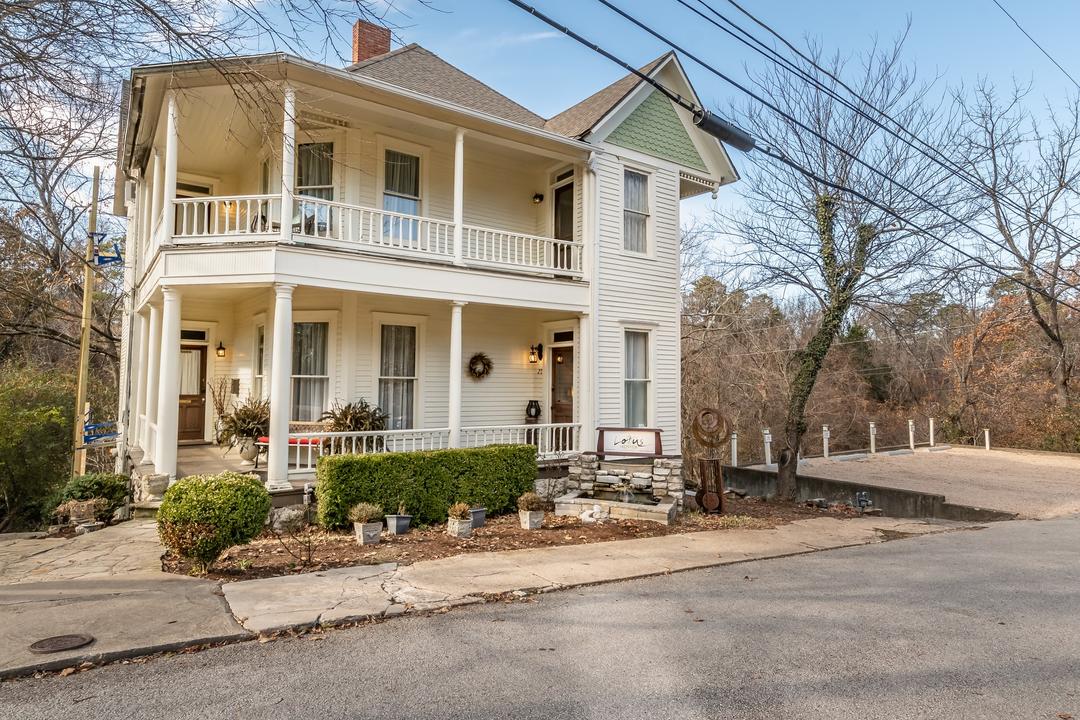
7. The plex (duplex, triplex, quadruplex)
The term "plex" refers to buildings with multiple rental units, usually stacked across several floors. Specific terms are used depending on the number of units in the building:
-
Duplex: Two units
-
Triplex: Three units
-
Quadruplex: Four units
-
Multiplex: Five or more units
These buildings are typically owned by a single individual, who may choose to live in one of the units or rent them all out.
8. The multi-generational home
A multi-generational home is designed to accommodate several generations under one roof, allowing family members, such as parents, children, and even grandparents, to live together while maintaining some degree of independence.
These homes are often arranged to separate private spaces, while offering shared areas for meals and family activities. Some multi-generational homes even feature separate entrances, suites, or independent apartments, allowing each generation to enjoy its own space while remaining close to one another.
Multi-generational homes are increasingly popular, as they foster stronger family bonds and provide mutual support, particularly for elderly members who may need daily assistance.
9. The mobile home
Mobile homes are dwellings built on metal structures, making them easy to move from one location to another. Previously known as "trailers," mobile homes have evolved into permanent, comfortable living spaces.
These homes vary in size from small, compact units to larger models, typically featuring a single-story layout. While mobile homes are commonly found in parks or designated communities, some can also be situated on private land.
10. The tiny house
Tiny houses are compact dwellings designed to maximize space efficiency, minimizing the overall area to under 37 m². These homes are functional, eco-friendly, and cost-effective.
Tiny houses have become increasingly popular, particularly among those seeking a simpler lifestyle, sustainability, or reduced housing costs. Despite their small size, they are often fully equipped with a kitchen, bathroom, and sleeping area. Some are stationary, while others are mounted on trailers for easy relocation.
However, it's essential to verify local zoning regulations before purchasing a tiny house, as not all municipalities permit them.
11. The modular home
Modular homes, also known as prefabricated homes, are constructed by manufacturing various components in a factory, which are then assembled on-site. This approach reduces construction time and offers cost-effective, high-quality homes compared to traditional builds.
These homes come in various sizes and styles, from compact to large models, and are highly customizable to suit the owner's needs and preferences.
Are you looking to become a homeowner ?
XpertSource.com can help you find a real estate broker. When you tell us about your project, we put you in touch with qualified resources for free. Simply fill out our form (it only takes a few minutes) and we will connect you with professionals.

